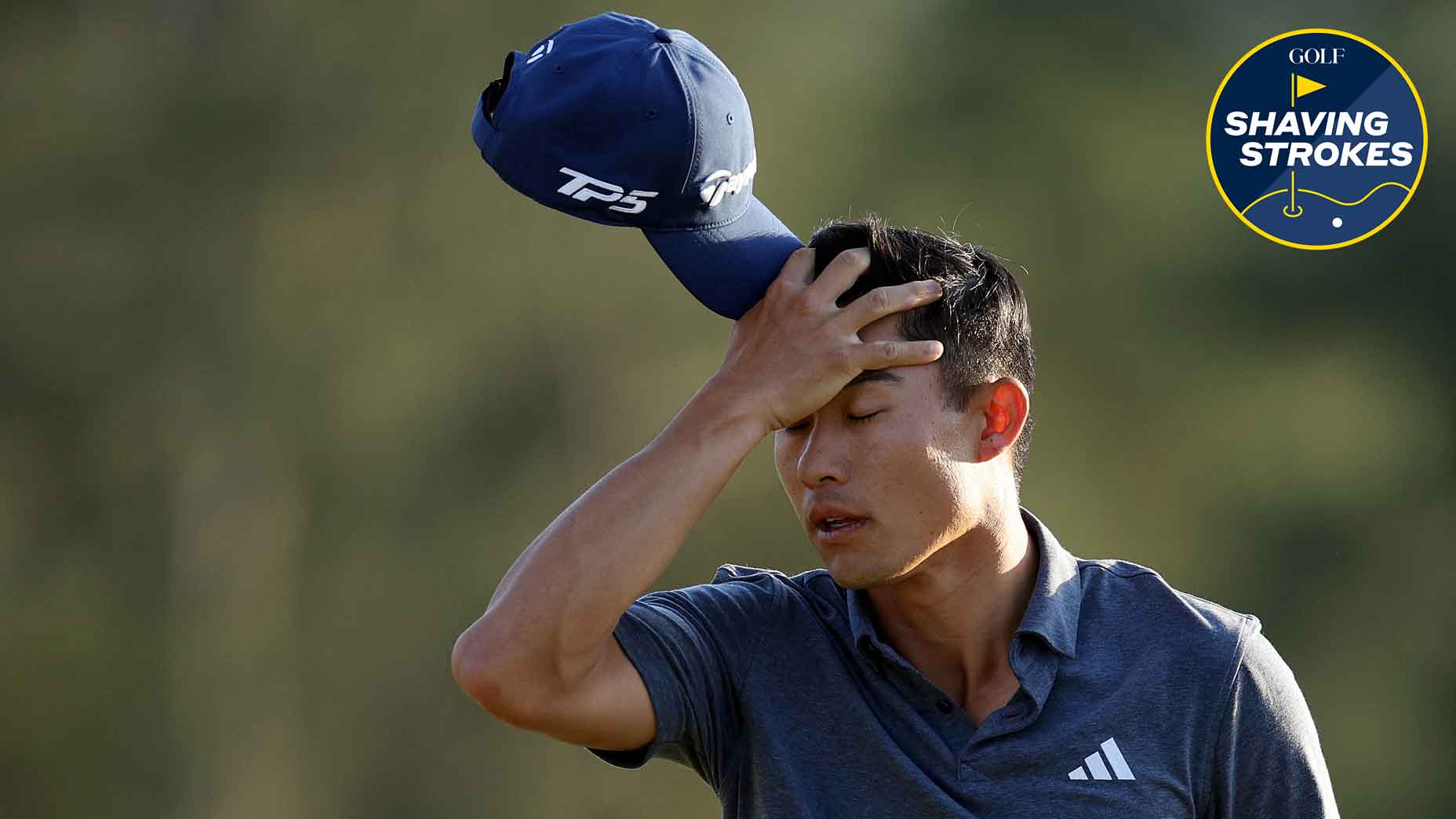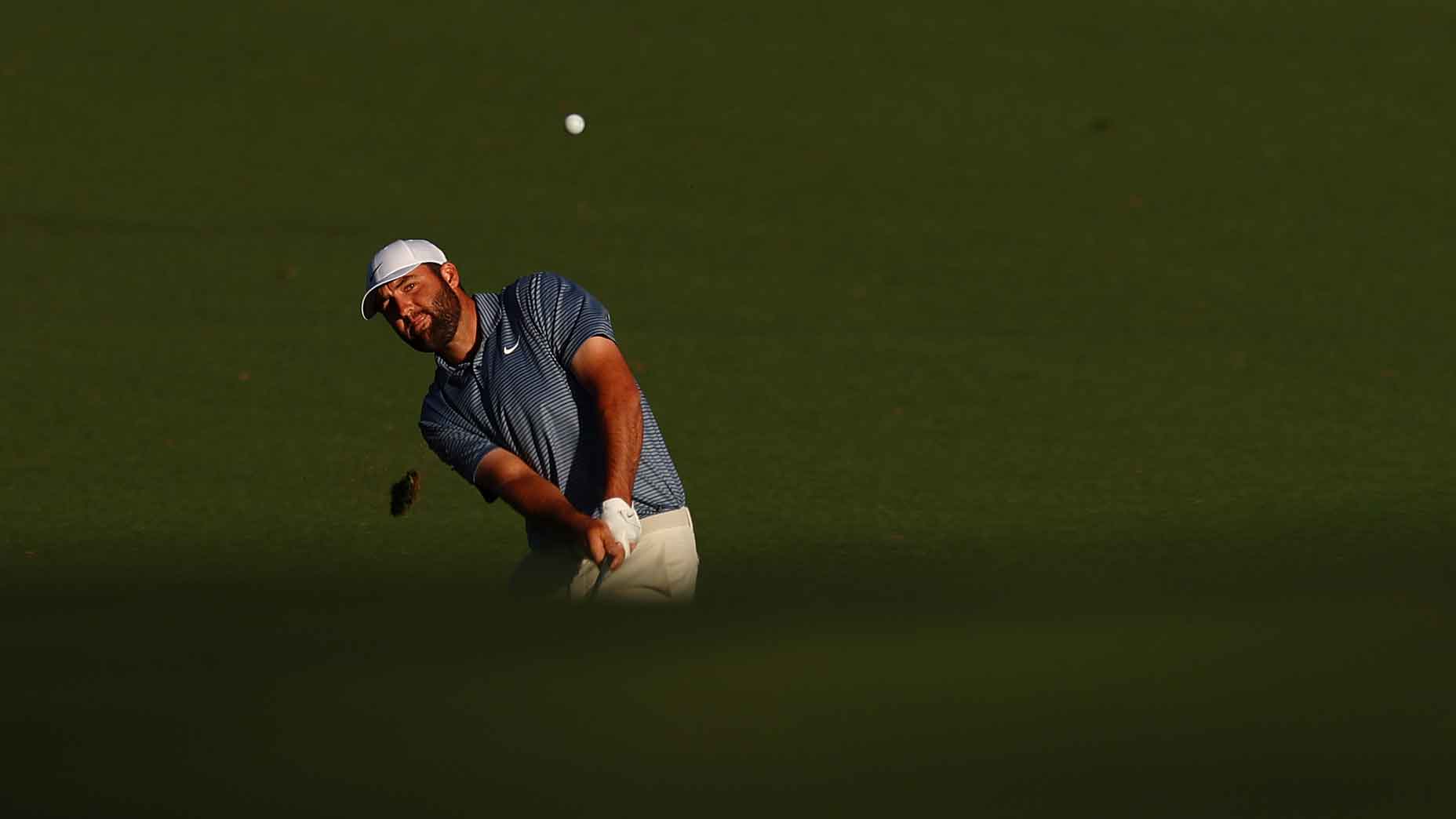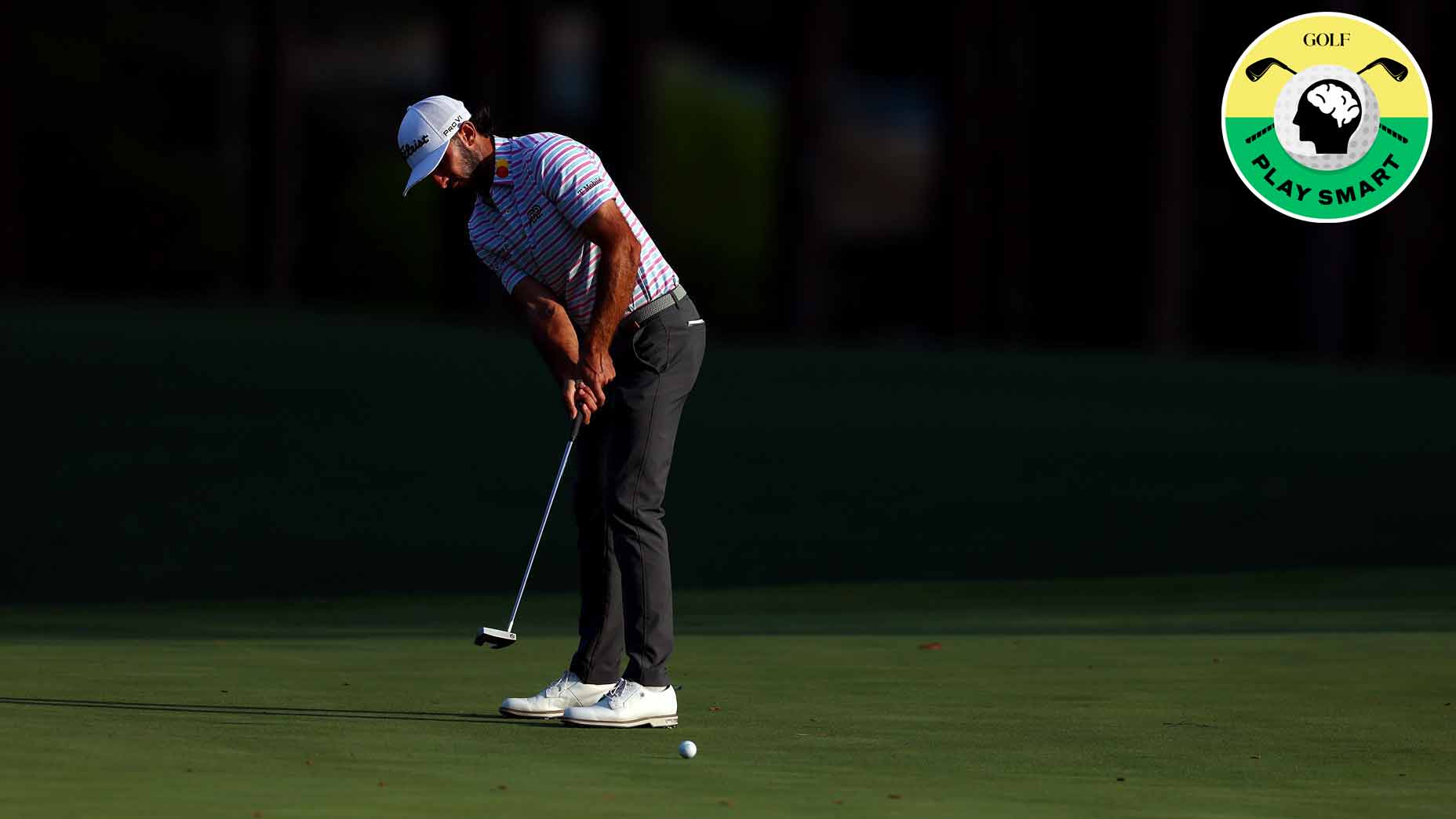How to break 80 in 2022: 5 secrets to finally make more putts

Breaking 80 is easy! All you need to do is roll in some key putts.
Getty Images
Congrats, you got much better at golf in 2021! But now it’s time to take your game one step further this offseason. That’s right, we’re talking about targeting that magical number most golfers set their sights on: a score in the 70s. Here, in our eight-step guide to breaking 80, we’ll speak to experts, pros and more to create the perfect plan for you to take your game to the next level.
Step 1: How you’re ruining your round before you tee off
Step 2: How to stop wasting your range warm-up
Step 3: How to play the right tees for you
Step 4: How to hit more fairways
So you’ve made it your mission to break 80 in 2022? Great! Now it’s time to get to work. As you can see above, my colleagues have already compiled some expert tips for accomplishing that goal. However, if you’re serious about completing your objective, it all starts on the greens. Check out below for five expert tips for sinking more putts.
1. Nail your pre-shot routine
Putting well, like most things in golf, starts with solid fundamentals — grip, stance, alignment, etc. But one fundamental that is often overlooked is the importance of a consistent routine. Becoming a great putter starts with what you do before you even hit the ball, so you need to come up with a routine you can repeat over and over.
Check out this article about Brad Faxon’s putting routine for a template of where to start.
2. Take fewer practice strokes
Getting a feel for how you want to stroke the ball can be beneficial, but too many practice strokes can do more harm than good. If you stand over the ball practicing what you want to do for too long, it can cause you to overthink and tense up.
“So many typical putters have four or five practice strokes,” says Dave Stockton, one of the best putters of all time. “I put it in front of the ball, bring it over the ball, one last look at the hole and I let it go. It’s amazing, it goes in all the time.”
It’s as simple as that.
3. Focus on speed
Scott Fawcett has helped revolutionize golf through his DECADE system, and one of the key components of his course-management method is learning that speed is all that matters when it comes to putting.
“Line matters, obviously,” Fawcett says. “But it’s not as much as you think.”
Commensurate to handicap, Fawcett says most players can start the ball somewhat on their intended line. However, golfers do not have the same propensity for proper speed control. According to his research, the depth of a shot pattern on putts is always going to be three-to-six times deeper than it is wide.
That’s why practicing speed is so important. Golfers have a tighter dispersion pattern on their aim than they do their distance, so if you can dial in your speed, you will have an advantage over your less-informed peers.
“The hole, as long as you’re somewhat functional, is going to jump in the way of some putts,” he says.
4. Play for more break
Once you’ve got the speed down, you can focus on the break of the putt. And while most competent golfers can decipher the direction the putt will break, an overwhelming majority will under read the amount of break.
According to research from GOLF Top 100 Teacher Eric Alpenfels and his research partner Dr. Bob Christina, 96 percent of golfers under-read their putts by more than 60 percent.
The solution? Take the amount of break you think will be in the putt and triple it. But make sure you adjust your speed accordingly. You want your putt ideally to end about 18 inches beyond the hole. Plan for that, play more break than you think you should, and you’ll be astounded at how many putts begin to fall.
5. Just putt it
Now that you’ve got all of your boxes checked prior to the putt, it’s time to step up and hit it. But don’t think too much about the task at hand — just go for it.
“I just putt [it],” says Aaron Baddeley, one of the top putters on the PGA Tour. “It sounds funny, but it’s like throwing a ball to first base. When you pick it up at shortstop, you’re not thinking of how to plant your feet. You’re not thinking of what position your elbow needs to be in, or when you’re going to release it … you just sort of look at where you want (the ball to go) and putt to it.”
Need help unriddling the greens at your home course? Pick up a custom Green Book from 8AM Golf affiliate GolfLogix.











